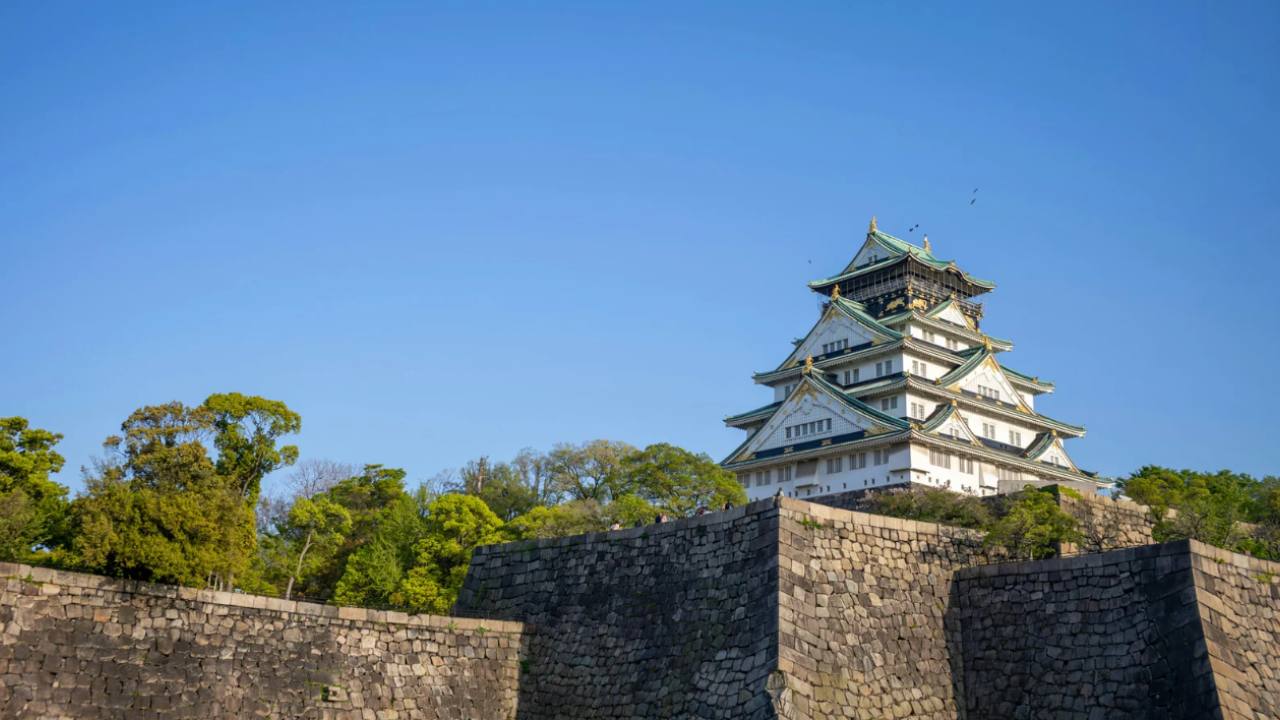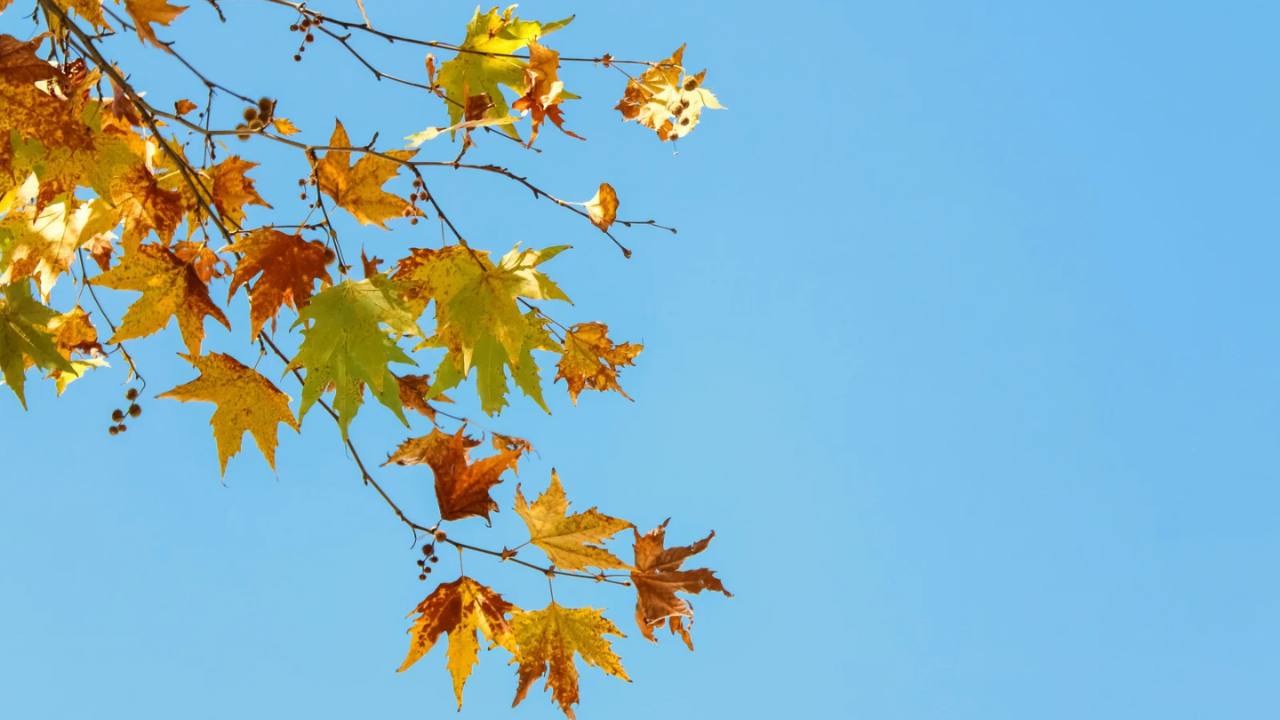春のお彼岸/Spring Higan
こんにちは!いろはです。
今日は、日本の仏教行事「お彼岸」についてご紹介します。
実は「お彼岸」は、春分や秋分の日と深い関係があるんですよ。
Hello! This is Iroha.
Today, I’d like to introduce a Japanese Buddhist tradition called Higan (彼岸).
It’s closely connected to the spring and autumn equinoxes.
お彼岸とは?
「彼岸(ひがん)」は、日本の仏教における祖先供養の習慣です。
年に2回、春分の日と秋分の日を中心にした7日間に行われます。
-
春のお彼岸:春分の日を中日(ちゅうにち)として、その前後3日間(合計7日間)
-
秋のお彼岸:秋分の日を中日として、その前後3日間(合計7日間)
春分・秋分の日は、昼と夜の長さがほぼ同じになる日です。
仏教では、このバランスの取れた特別な日を、現世(此岸)と悟りの世界(彼岸)を結ぶ日と考えてきました
What is Higan?
Higan is a week-long Buddhist tradition in Japan, observed twice a year, during the spring and autumn equinoxes.
-
Spring Higan: Begins three days before and ends three days after the vernal equinox
-
Autumn Higan: Begins three days before and ends three days after the autumnal equinox
→ A total of 7 days each time.
The equinox is the time when day and night are nearly equal in length.
In Buddhism, this balanced moment is seen as a symbolic bridge between this world (shigan) and the world of enlightenment (higan).
お彼岸にすること
-
お墓参りをしてご先祖さまを敬う
-
仏壇の掃除をする
-
「おはぎ」や「ぼたもち」を食べる
-
心を整えて、善い行いを心がける
What Do People Do During Higan?
-
Visit family graves to pay respects to ancestors
-
Clean the family Buddhist altar
-
Eat ohagi or botamochi (sweet rice cakes with red bean paste)
-
Reflect on life and practise good deeds
このような習慣を通して、春や秋の節目に心を見つめ直す、日本らしい行事ですね。
It’s a meaningful tradition that encourages mindfulness and gratitude at the changing of the seasons.
次回はこの時期に食べるスイーツ「おはぎ」と「ぼたもち」の話をしますね。
お楽しみに!
いろは
Next time, I’ll be talking about the seasonal sweet treats ohagi and botamochi—don’t miss it! 😊🍡
Iroha






Responses